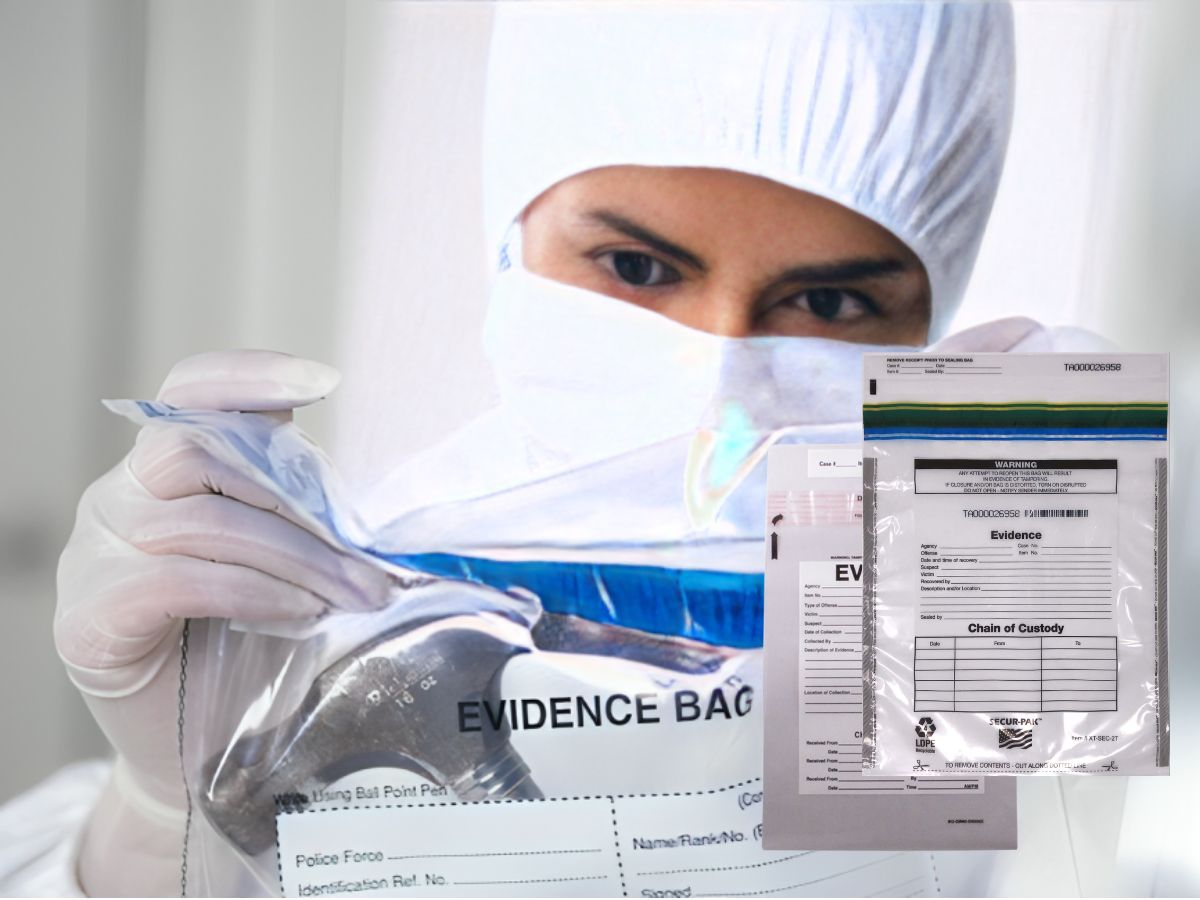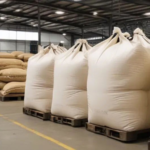
A Step-by-Step Guide to Packaging Evidence at a Crime Scene

In the realm of criminal investigation and forensic science, the meticulous handling and packaging of evidence are pivotal components of ensuring justice is served. These processes hold the key to unlocking mysteries, solving crimes, and bringing perpetrators to account. In this comprehensive guide, we will take an even deeper dive into the essential steps and guidelines for packaging evidence at a crime scene, unraveling the intricacies of this crucial aspect of law enforcement.
Unpacking the Significance of Evidence Packaging
Before we venture further into the intricacies of packaging evidence, it’s essential to comprehend why this process holds such paramount importance. Properly packaged evidence serves several indispensable purposes:
- Preservation of Integrity: The act of packaging evidence safeguards it, ensuring that the collected items remain unaltered from the moment of discovery. This prevention of contamination, degradation, or tampering is essential to maintain the evidence’s integrity and reliability.
- Chain of Custody: Packaging evidence establishes an unbroken chain of custody, meticulously documenting who had possession of the evidence from the crime scene to the courtroom. This transparent record dispels any doubts or suspicions regarding the handling of evidence.
- Admissibility in Court: A well-packaged piece of evidence stands a higher chance of being accepted in court, fortifying the prosecution’s case. In the courtroom, it ensures that what the jury examines is a faithful representation of what was discovered at the scene of the crime.
- Protection of Investigators: Beyond preserving evidence, packaging also safeguards the individuals involved in handling it. This is particularly crucial when dealing with hazardous materials or potentially harmful substances. Evidence packaging acts as a shield, ensuring the safety of those tasked with gathering and preserving crucial clues.
Navigating the 8 Crucial Steps of Packaging Evidence
1. Wear Proper Protective Gear
The journey of evidence packaging begins with the donning of appropriate personal protective equipment (PPE). This gear includes gloves, masks, and disposable coveralls, and it is non-negotiable. These precautions are the first line of defense against contamination and ensure the safety of everyone involved. Picture it as the uniform of guardians safeguarding the truth.
2. Document and Photograph
The art of evidence packaging commences with thorough documentation. Every detail counts – the location of evidence, its surroundings, and any relevant particulars. Additionally, capturing the scene through photographs from various angles serves as an invaluable aid for investigations and court proceedings. This documentation transforms into a historical record, preserving the crime scene for scrutiny and review.
3. Identify and Label
Each piece of evidence is a unique puzzle piece in the grand narrative of a crime. Thus, it must be identified, labeled, and assigned a unique identifier or evidence number. Labels should include the date, time, location, and the name of the investigator. This meticulous labeling is akin to a birth certificate, recording the origin and journey of each piece of evidence.
4. Collect Carefully
With the scene documented and items identified, the next step is collecting evidence with utmost care. Proper tools, such as tweezers, evidence bags, or sterile containers, must be employed to prevent direct contact. This gentle handling avoids damaging fragile evidence or contaminating it with fingerprints or DNA. Imagine it as the delicate touch of a restorer, preserving the evidence’s essence.
5. Package Separately
Diverse types of evidence must be packaged separately to prevent cross-contamination. For instance, clothing should be in one container, weapons in another, and biological samples in a separate one. This separation ensures that each distinct piece of the puzzle remains unadulterated until they are meticulously assembled in court.
6. Seal and Secure
Each evidence container should be meticulously sealed with evidence tape that bears the investigator’s signature and date. This tamper-evident seal acts as the ultimate safeguard, ensuring that the evidence remains untouched until it reaches the laboratory or courtroom. It is the guardian of the evidence’s sanctity.
7. Document the Chain of Custody
Meticulous records must be kept concerning who handled the evidence at each stage of the process, including law enforcement officers, forensic analysts, and legal professionals. This documentation is not merely paperwork; it is the ledger of trust, assuring accountability and maintaining the integrity of the evidence.
8. Store Properly
The journey of evidence does not end with packaging and sealing. It continues in secure and controlled storage. Maintaining appropriate temperature and humidity levels is essential to prevent deterioration or contamination. Some evidence, such as biological samples, may require refrigeration. Proper storage is the final guardian of the evidence’s integrity, preserving it for the day of reckoning in court.
Evidence Packaging Guidelines
To ensure that evidence packaging is conducted accurately and consistently, strict adherence to the following guidelines is crucial:
- Utilize a clean and sterile environment when handling evidence. This environment serves as the sacred laboratory of evidence packaging, free from contamination or compromise.
- Avoid the use of plastic bags for evidence prone to moisture; opt for paper bags instead. The choice of packaging material is the last line of defense against decay and compromise.
- Maintain a detailed inventory of all evidence collected. This inventory is not a mere checklist; it is the map that guides investigators through the labyrinth of collected items.
- Exercising utmost caution when handling biological or hazardous materials is a non-negotiable safety protocol. This caution acts as a shield, protecting against unforeseen dangers lurking within the evidence.
The Role of Forensic Evidence Packaging
Forensic experts play a pivotal role in the analysis of evidence. Once packaged, evidence is submitted to a forensic laboratory for examination. Here, scientists employ various techniques, such as DNA analysis, fingerprinting, and ballistics testing, to extract valuable information that can aid investigations and court proceedings. Their work is the translation of evidence into undeniable facts, bridging the gap between suspicion and certainty.
In Conclusion
The process of packaging evidence at a crime scene is a meticulously structured and vital component of any criminal investigation. It is the guardian of truth, ensuring that justice prevails, and the innocent are vindicated, while the guilty face the consequences of their actions. It is a testament to the dedication and professionalism of those in the field of criminal justice and forensic science. Every step, every detail, matters profoundly, and evidence packaging is the foundation upon which successful investigations are built. It’s not just a process; it’s the heartbeat of justice itself.
Share:
Get A Quick Quote
Social Media
Most Popular
Categories
Tags
Related Posts

Protecting Your Assets: How Payroll Deposit Bags Can Prevent Theft and Fraud
In the world of business, trust and security are paramount. As a business owner or manager, you work hard to ensure that your operations run

A Step-by-Step Guide on How to Organize Payroll with Payroll Bags
Managing payroll can be a daunting task for any business, big or small. Keeping track of employee wages, taxes, and other deductions requires meticulous organization

The Ultimate Guide to Organizing and Storing Soil Bags
If you’re a gardening enthusiast, you know how important it is to have good-quality soil for your plants to thrive. Soil bags, whether they be



